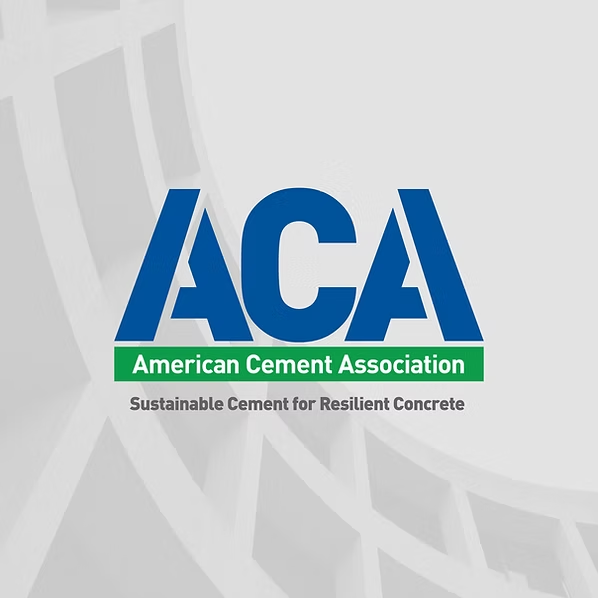Votorantim Cimentos

Votorantim Cimentos North America (VCNA) is testing carbon capture and storage/elimination technologies and using lower-carbon fuels to power its plants.
In a unique approach to carbon capture, VCNA’s St Marys Cement is exploring the use of algae as a solution. The company is piloting a program using a bio-reactor filled with algae, which feed on light and carbon dioxide (CO2). By directing a stream of the plant’s CO2 emissions into the bio-reactor, the algae effectively consume a portion of the emissions as they use it for their photosynthesis. Furthering their usefulness in the process, algae could one day serve as a source of biofuel for the plant. While the pilot is being conducted at a much smaller scale, it’s an interesting example of how emissions can potentially be put into a circular system and essentially recycled as fuel. The algae can also be used by other industries as feed for animals or for pharmaceutical purposes.
In addition to the bio-reactor pilot, St Marys Cement is exploring the use of other available, lower-carbon fuels. Using non-hazardous waste materials as a source of fuel not only reduces a cement plant’s carbon footprint but also helps address the nation’s issues with excess waste. Diverting materials from landfills prevents the release of methane, which is up to 80 times more dangerous than CO2 – and gives previously discarded materials a place in the circular economy. St Marys Cement is already using lower-carbon fuels at its plants. In 2021, another St Marys Cement plant took steps to apply for a license to substitute available fuel stocks for part of its coal, gas and petcoke fuel mix. The company hopes to continue implementing these fuel solutions across all of its plants.
Through our continuous operational and environmental improvements, ambitious sustainability commitments, a focus on innovation and our active participation in industry associations and forums, we are affecting meaningful changes to the industry that will benefit people and our planet for generations to come. It’s important to invest time and energy in helping to prove out new technologies. The market acceptance of portland-limestone cement in the U.S. serves as an excellent example of that and how our industry can drive changes toward a more sustainable future.
From using algae to reduce greenhouse gases to implementing lower-carbon fuels at its cement plants, Votorantim Cimentos North America and St Marys Cement are living their commitment to reaching carbon neutrality. Additionally, they’re exploring a solution that also acts as a way to feed livestock or help save lives via pharmaceutical properties that the algae contain – working toward a cleaner, greener, healthier and more sustainable future for all.
